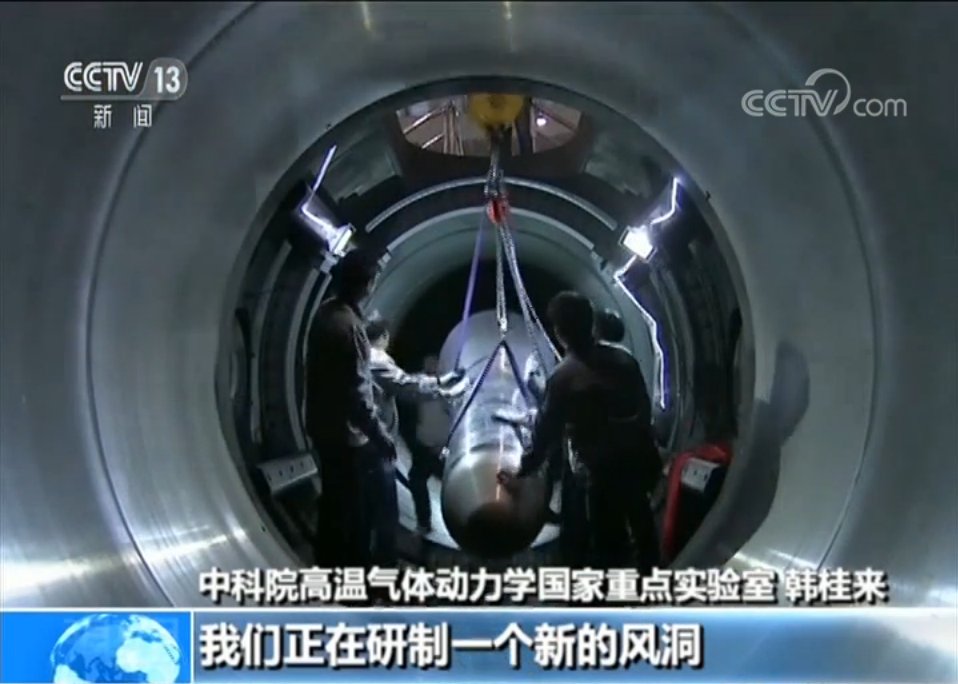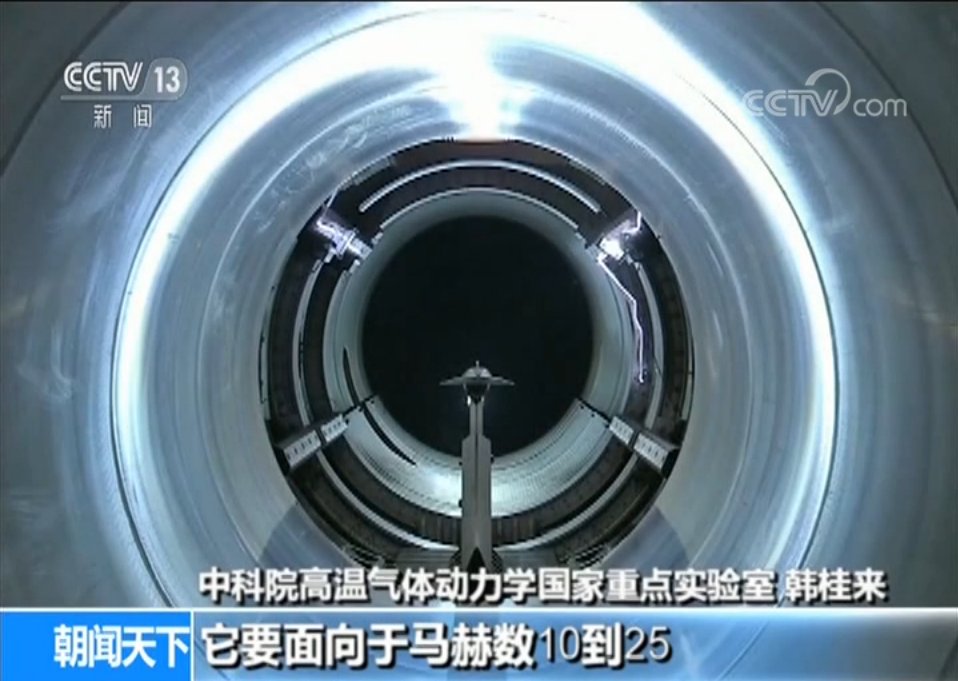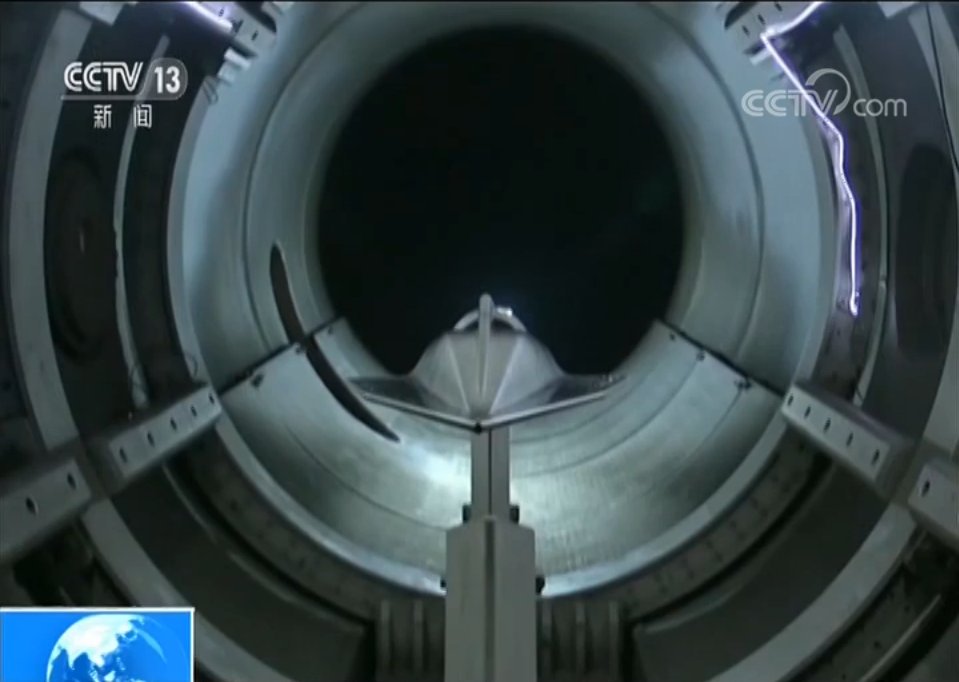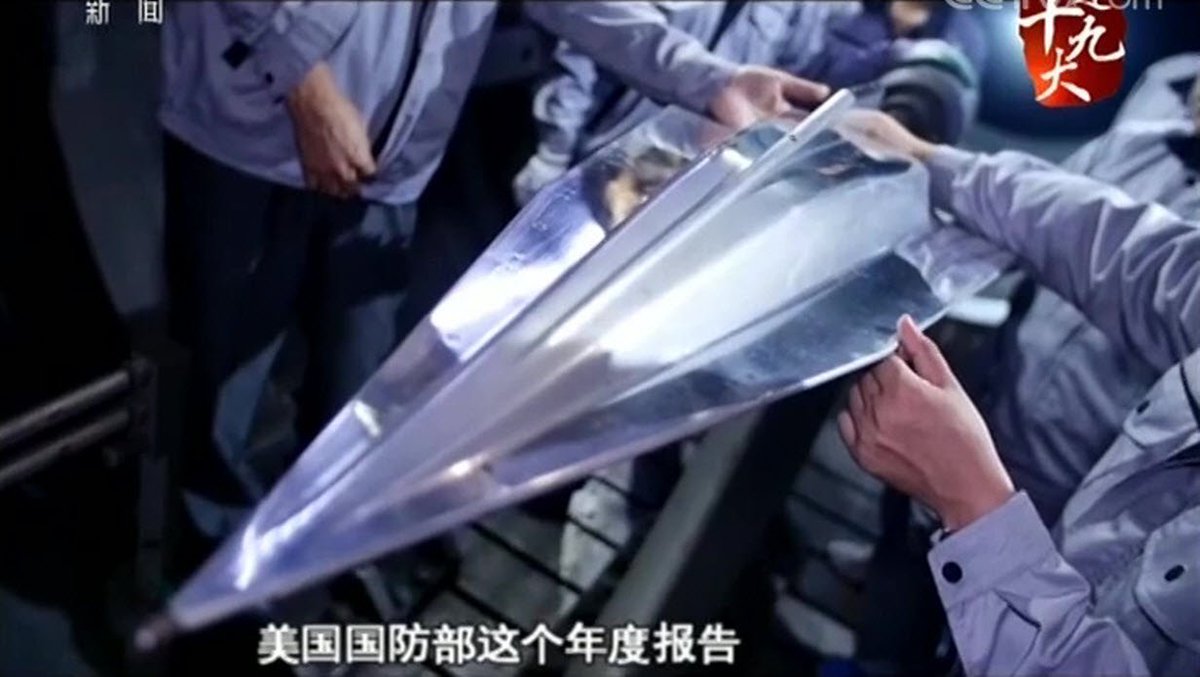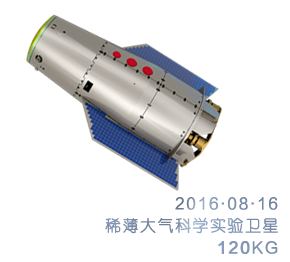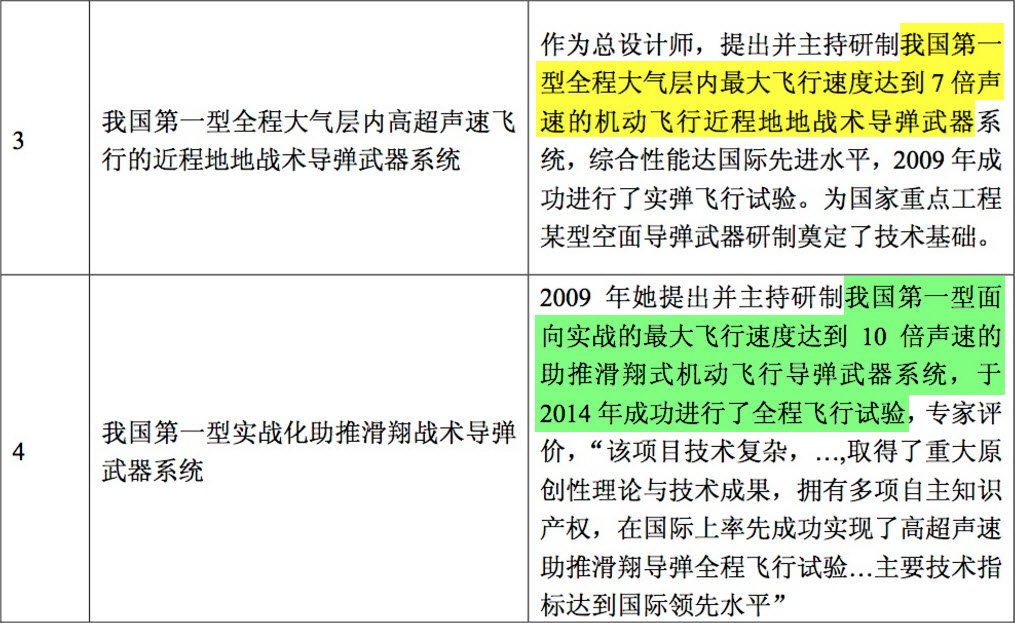antiterror13
Brigadier
U-235 ->52 kg
Pu-239 -> 10kg
This a spherical, normal density sphere, composed of 100% pure material,without netutron reflectors.
In the warhead the chemical high explosives compress the pit, increasing its density, and dramaticaly decrease the critical mass.
Additionaly they using neutron reflectors as well.
So, in the warhead a few kg ( I think 3 kg) pu239 required, but the ratio of pu239 to u235 will be the same.
And if the mass of the pit bigger,then you need more explosive, bigger reflector and casing, so it scaling up the size of the primary stage dramaticaly.
Thank you.
So, really we are talking about 12 kg extra of using U-235 than PU-239 per warhead. I don't think it is a big deal, now I understand why it seems China is no longer producing PU-239 .. just go with pure U-235 .. almost impossible to detect U-235 producing by China
But it may be over simplistic view of me who knows very little of that matter .... sorry

